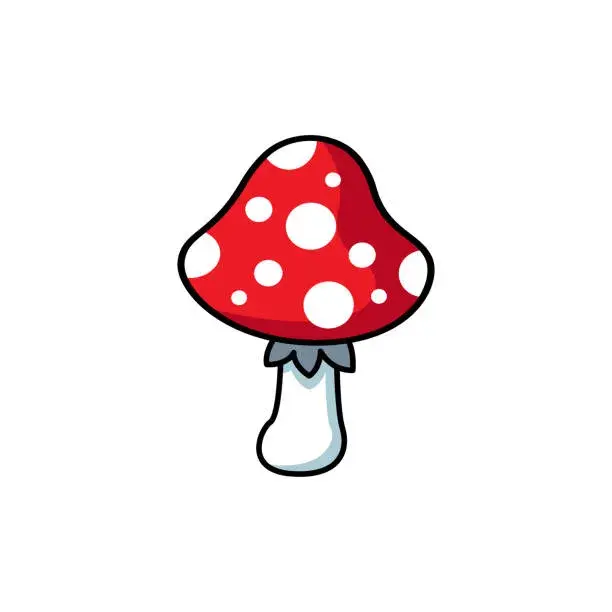- cross-posted to:
- hydroponics@slrpnk.net
- cross-posted to:
- hydroponics@slrpnk.net
cross-posted from: https://slrpnk.net/post/17801651
Hey all,
I’ve been using my fertilizer now for a year, and it’s the only one I’ve used up until now, because I alway was satisfied with it, because it’s both very inexpensive and well formulated imo.
I’m using the Masterblend set, with the solutions pre-mixed for short term use.
I have mixed two “stock solution” bottles, which last me a few months in winter (only for houseplants and my small indoor grow tent) and a few weeks in summer (balcony gardening + house plants).
You can see the ingredients on the bottles on the picture:
They are always stored in complete darkness.
And then I have a diluted solution, with an EC of about 3-4 mS and a low pH, which I adapted to exactly match my tap water and houseplants when diluted to ~1/3. This pre-mix lasts me a few days maximum.
I’ve already noticed a few floaters in summer here and there, but didn’t mind them too much. They looked like small jellyfish or something floating around, but I thought that they might be some precipitation from minerals or whatever.
They got a bit more after some time, and a few weeks ago, I soaked everything in hot bleach water and mixed everything from scratch, because I already had the feeling that those might be amoebae or other microorganisms.
But now, everything is way worse. Just take a look:
Those specs are even in the normal nutrient solution!
A few of my plants have a reoccurring spring tail “infestation”. More like constant house mates.
I even got the chance to take a picture of them fucking. I feel like a pervert now...
No wonder they have such a good time. They’re probably feasting on those mold specs. They’re pretty much harmless and easy to manage, so I just don’t care as much.
Anyway… What I wanted to ask you: What shall I do? Desinfecting clearly doesn’t work.
The root cause seems to be the water. If I wouldn’t pre-dissolve everything, nothing would get moldy.
But of course, I need it to be in a liquid form for proper handling. Other fertilizer manufacturers are able to manage this too, so why can’t I?
Shall I add preservatives to the concentrate, like Isothiazolinones?
Or should I just switch to another fertilizer? If so, which one would you recommend, that is also cheap?












Thanks! 💚 Most of the pictures were just shot in macro mode on my phone, I’m a bit ashamed to admit it 😄
But I do have a microscope too, and the pics of the springtails were shot with it.
What stains do you recommend?
I believe I have Methylene blue lying around somewhere, maybe that might be useful for a living-dead-characterization?
But to be honest, I didn’t think much about looking up the stuff under the microscope, because I was pretty sure it was mold. I think you can even see the hyphae on the colony on the picture.
My fertiliser is a two-part solution. I mix them with demineralised water, and the final diluted solution has a pH of 6,2-ish, without pH adjuster. But I didn’t test it with the part A solution, which is the one that got moldy. It is probably moderately acidic.
Not a big fan of that idea. On the first glance it makes sense, but my arguments against that are:
I’m now trying to mitigate that problem by pressure cooking small batches (a bunch of 200 ml bottles instead of 1 liter) and keeping them sealed until use, which will only last a week or so until used up.
It is. In hydroponics, everything should be as clean as possible. Not sterile-clean, but at least not full of slime or dirty.
If there is (too much) organic contamination, it will attract pests. And those specs are organic matter, and I already got the spring tail infestation from it, as I already mentioned in the post.
Regarding worms: I also have a few pots with organic soil (no-till, cover crops, etc.) outside, with a very healthy ecosystem, and an absolute shit ton of earth worms. If they would be a tiny bit bad for plant health, I would consider them as infestation :D I’m glad they aren’t.
After a rain fall and temperature drop in early winter, there were literally hundreds, if not thousands, crawling around on my super small balcony, just from the three pots or so!
Please! You sound both like a chemist AND someone with gardening experience. You seem to already have quite a lot of knowledge, keep going on! 😊